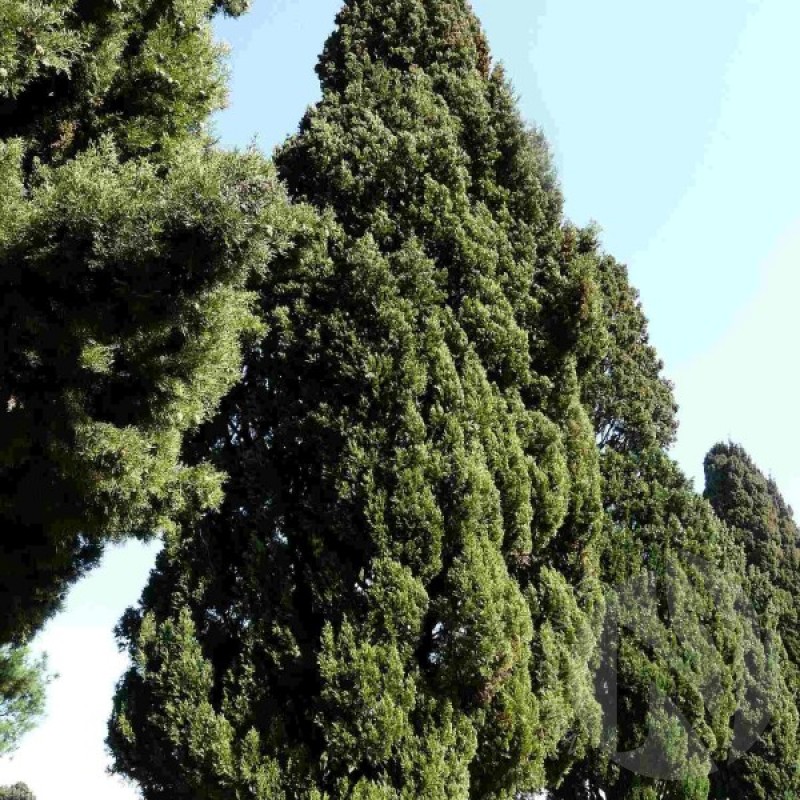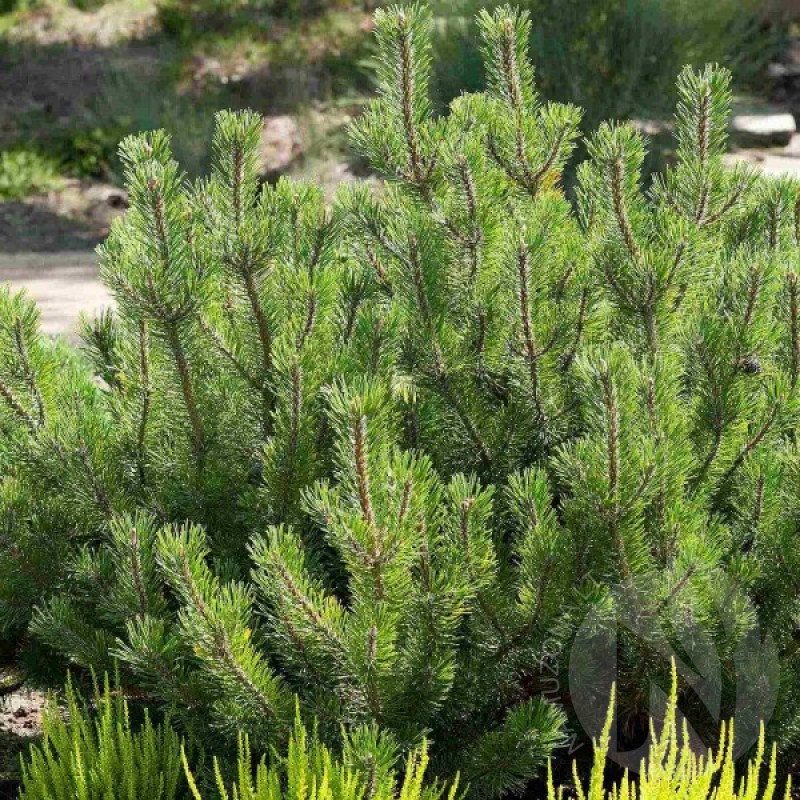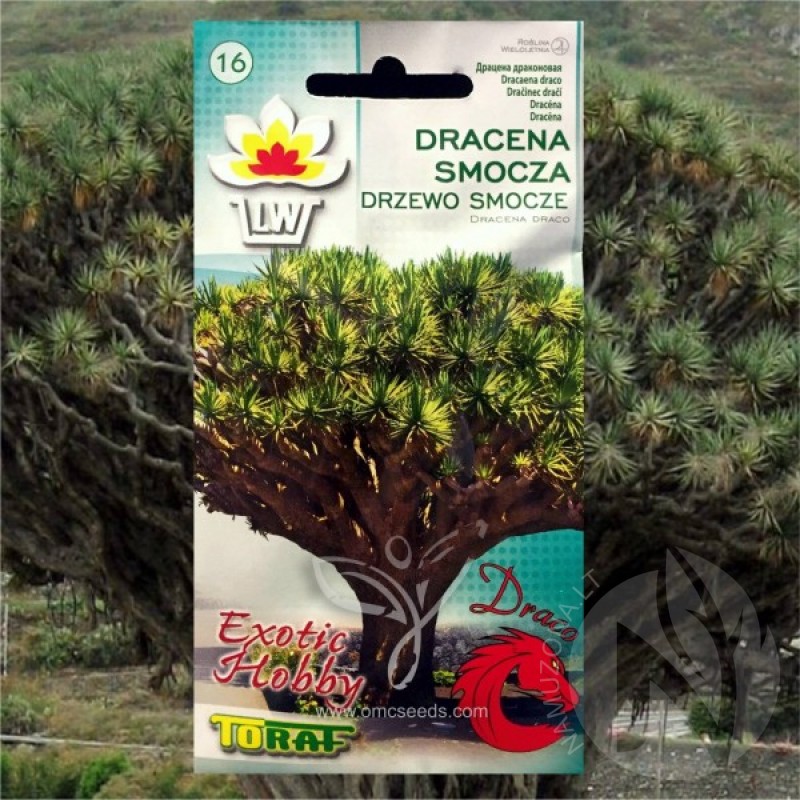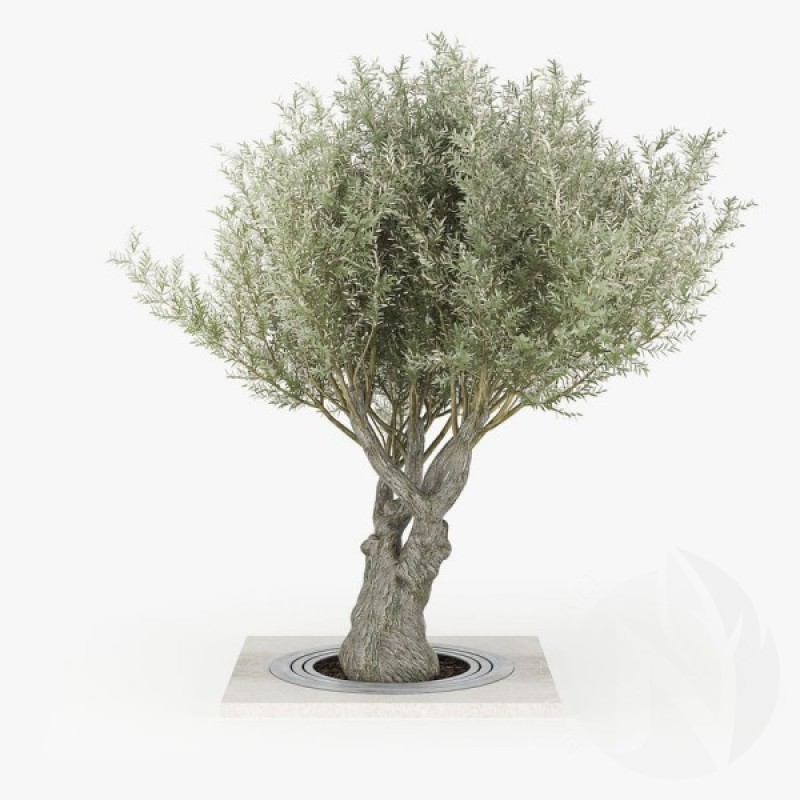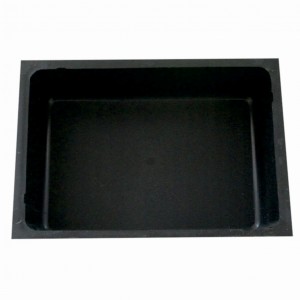
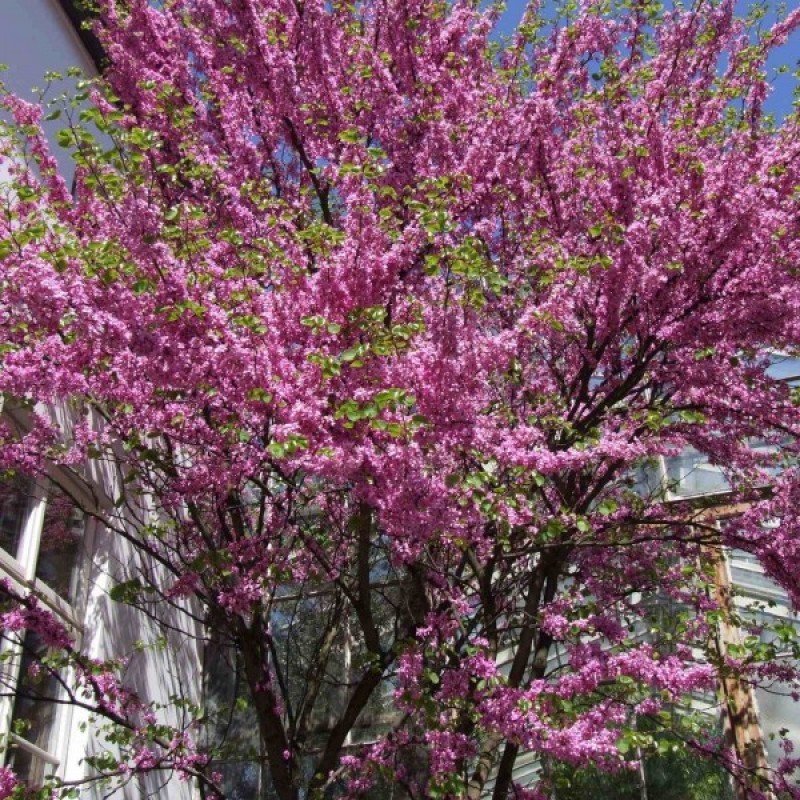


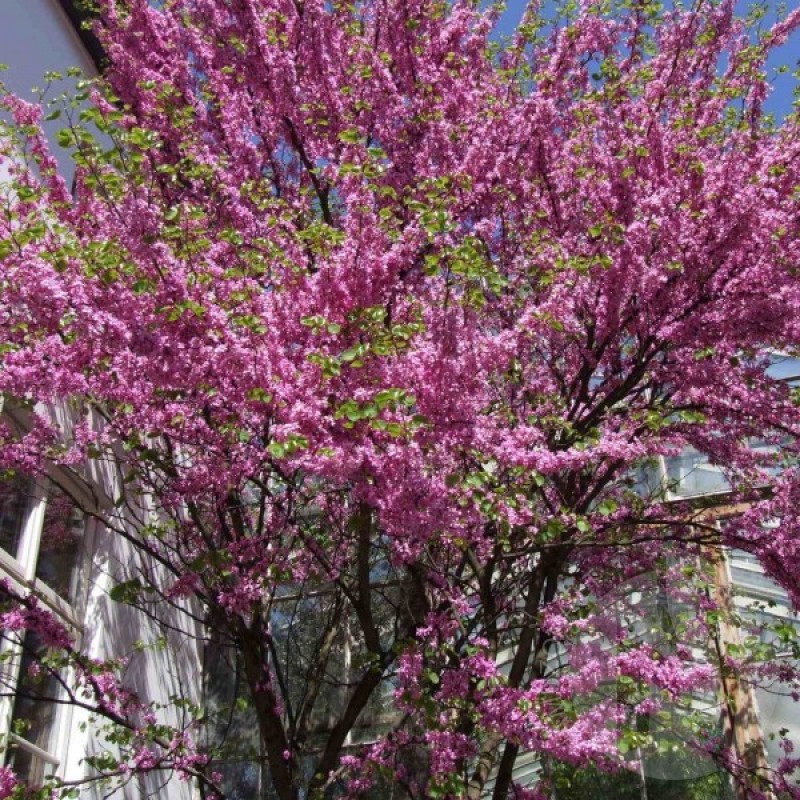
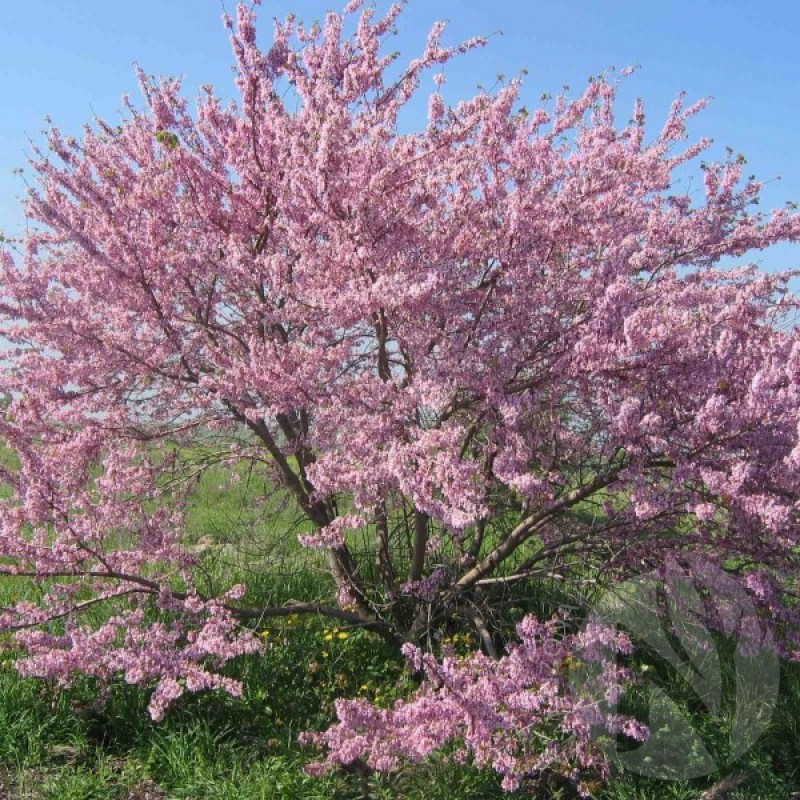
PAY ATTENTION!
All seeds (except SOLD OUT) are available for immediate shipping and will be dispatched within 1-2 business days.
INFORMATION NEEDED? PLEASE CONTACT US NOW!
Cercis siliquastrum, commonly known as the Judas tree, is a small deciduous tree from Southern Europe and Western Asia which is noted for its prolific display of deep pink flowers in spring.
This species forms a small tree up to 12 metres in height and 10 metres in width.
The deep pink flowers are produced on year-old or older growth, including the trunk in late spring. The leaves appear shortly after the first flowers emerge. These are heart-shaped with a blunt apex, which occasionally has a shallow notch at the tip. The tree produces long flat pods that hang vertically. The flowers are edible and purportedly have a sweet-acid taste.
Genus - Cercis
Species - Siliquastrum
Common name - Judas Tree
Pre-Treatment - Required
Hardiness zones - 6 - 8
Height - 12 m
Spread - 10 m
Plant type - Large Shrub/Small tree
Vegetation type - Decidouos
Exposure - Full Sun, Partial Shade
Growth rate - Medium
Soil PH - Acidic, Neutral
Soil type - Clay, Loam, Sand, Well Drained
Water requirements - Average Water
Landscape uses - Decorative and very showy
Bloom season - Spring
Leaf / Flower color - Green / Rose, pink
GERMINATION INSTRUCTIONS
1. Place the redbud seeds in a heatproof bowl. Cover the seeds with boiling water and let them soak for one minute. This is one method of seed scarification, which makes the hard seed coat permeable.
2. Place a handful of sand in a plastic bag. Moisten it without creating a soggy environment inside.
3. Add the scarified redbud seeds to the bag of moist sand. Close the bag and store it in a refrigerator for 40 days. This seed treatment is known as stratification, which takes the embryos out of dormancy. Check the moisture level inside the bag once a week, sprinkling the sand with water when it begins to dry.
4. Hoe the planting site to remove weeds. Redbuds thrive in shade, but sunlight affords them the best blooming. If possible, sow the seeds where the tree will have some shade during the hottest part of the day. Select a site that drains within one hour of irrigation or normal rainfall.
5. Loosen the soil with a pickax and shovel and smooth the surface with a rake. Dig a furrow 6 mm (1/4") deep for three to five seeds. Planting more than one seed increases the odds that one will germinate. Thin the seedlings to the ones you want to keep after they begin to germinate. Because redbud trees don't transplant well, direct sowing is a better option to increase the survival rate over germinating the seeds in pots.
No questions about this product.

